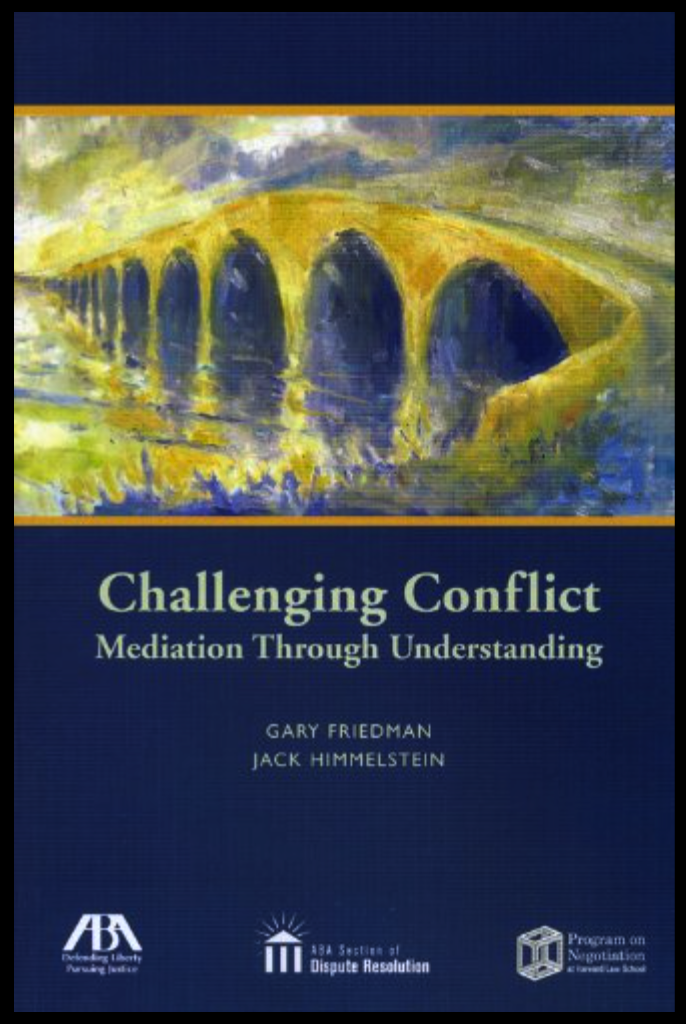The Center for Understanding in Conflict, formerly The Center for Mediation in Law, was formed in 1981 as a non-profit educational institute dedicated to integrating mediative principles into the practice of law and the resolution of legal disputes in commercial, family, organizational and other legal and non-legal settings. Originally, the Center conducted introductory and advanced training programs for lawyers, offering its unique Understanding-based approach to conflict resolution. The application of this approach has now expanded to collaborative practice, non-profit organizations, ombuds work, traditional legal representation, and other settings in which professionals wish to help parties work through conflict in a different way.
In the United States more than 4,000 lawyers, law teachers, judges, and other professionals have been trained in this method. And since 1990, the Center has trained conflict professionals in Germany, Austria, Switzerland, Israel, Italy, France, and Russia. Center trainers have also used the model in trainings at Harvard’s Program of Instruction for Lawyers, the Harvard Negotiation Insight Initiative, the American Bar Association, and the World Intellectual Property Organization. The Center offers ongoing support groups, peer groups, and advanced training programs, both live and virtual.
Our mission is to train professionals and community members in the skills and self-awareness needed to bring understanding to conflict-driven conversations. Our vision is that people in conflict will engage in authentic conversations that build understanding between them.
The Center for Understanding in Conflict is a 501(c)(3) non profit corporation.
 Gary Friedman and Jack Himmelstein are co-authors of Challenging Conflict: Mediation Through Understanding, published by the American Bar Association, 2008, in cooperation with the Harvard Program on Negotiation. This book is a comprehensive introduction to our model, including explanations for our core concepts and case studies describing each stage of the process.
Gary Friedman and Jack Himmelstein are co-authors of Challenging Conflict: Mediation Through Understanding, published by the American Bar Association, 2008, in cooperation with the Harvard Program on Negotiation. This book is a comprehensive introduction to our model, including explanations for our core concepts and case studies describing each stage of the process.
Review Excerpts
“Challenging Conflict is a must read for any mediator, lawyer or party to a conflict! It eloquently and lucidly presents a model of mediation designed to encourage party choice and empowerment, human understanding and communication, and agreements that honor the needs, interests, and values of parties in dispute. This is the long awaited “manifesto” of two pioneers in mediation who originated the “non-caucus” model to ensure party participation and understanding, and minimize lawyer or third party neutral control of outcomes. The transcripts and dialogues of mediation beautifully illustrate the “moves” and interventions that quality mediators can make to ensure a meditative process with integrity for the parties, and which honors both process choices and outcome selections that are negotiated freely by parties learning how to deal with conflict productively, constructively, and meaningfully. Mediators, parties, lawyers–all human beings will learn how to “deal” (not necessarily resolve) better with conflict and use it to construct new relationships and enhanced self-knowledge. This will be one of the “classic” texts on how to mediate for generations to come.” – Carrie Menkel-Meadow, A.B. Chettle Jr. Professor of Law, Dispute Resolution and Civil Procedure and Director, Georgetown-Hewlett Program in Conflict Resolution and Legal Problem-Solving Georgetown University Law Center
“This book is unusual in that it is very realistic about the complexity and challenges of conflict and still unrelentingly optimistic about peoples’ capacity, with the assistance of skilled mediators, to craft solutions appropriate to their needs and informed by the sense of fairness that can emerge from mutual understanding. The authors illustrate their approach with case examples that demonstrate why their framings have been so effective, they never get caught up in the mechanical application of mediation techniques or a narrow concern with resolution. In their approach at the core of effective mediation is deep understanding.” – Dr. Howard Gadlin, Ombudsman and Director of Center for Cooperative Resolution, National Institutes of Health
“Using interesting and at times intriguing case examples, Himmelstein and Friedman show how a focus on deeper understanding and joint problem solving can be the keys to unlocking difficult conflicts. They urge mediators to engage with disputants in looking at their conflicts rather than take away the problem from them. This book is worthwhile and engrossing reading for anyone interested in developing an effective approach to mediating difficult disputes.” – Bernard S. Mayer, Werner Institute, Creighton University, author of Beyond Neutrality.
